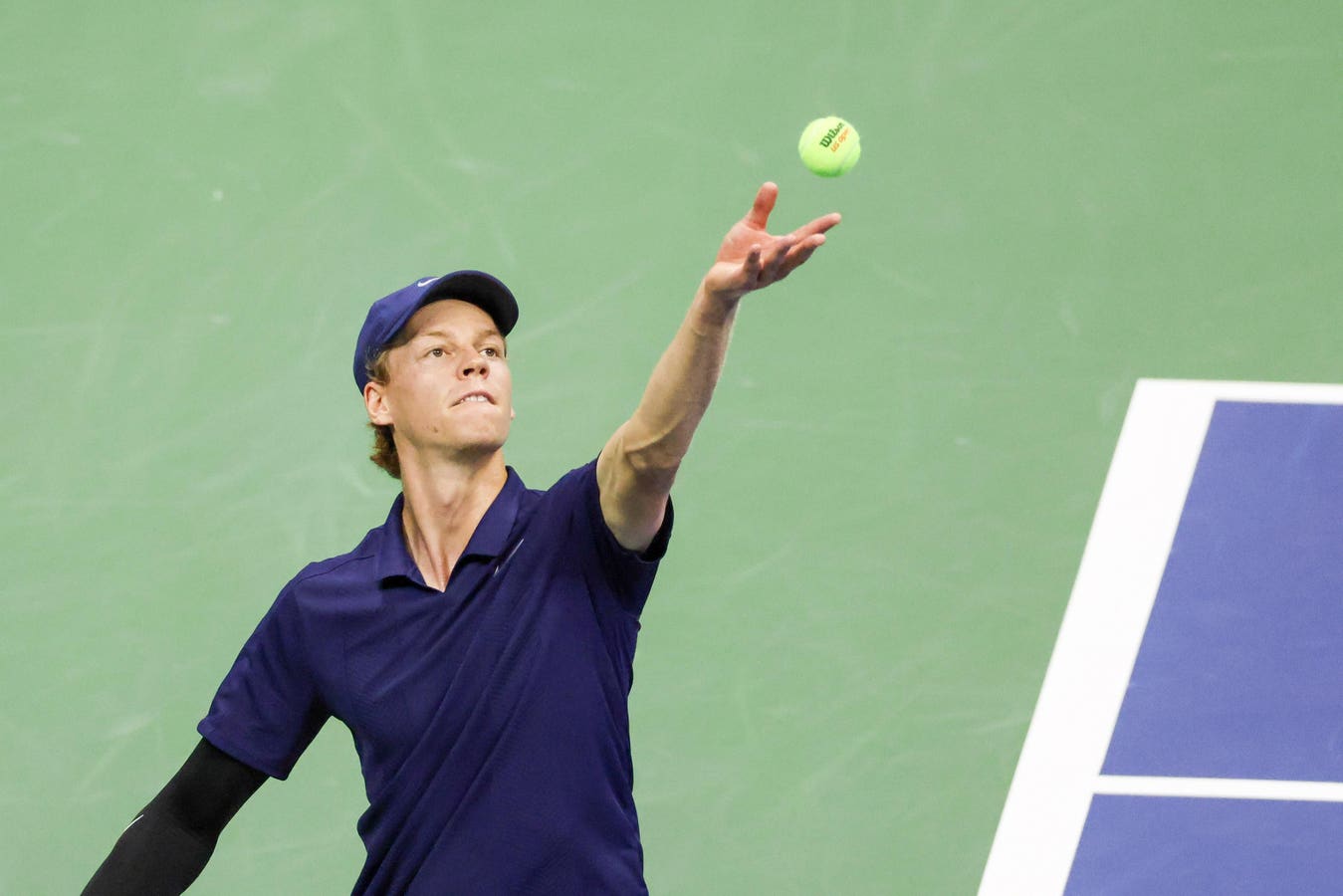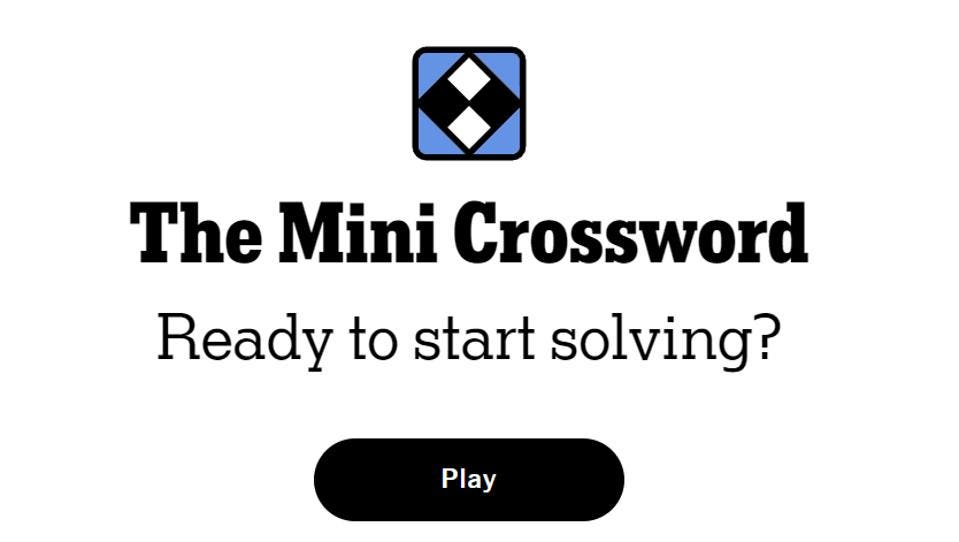After his semi-final win at the 2025 U.S. Open, Jannik Sinner recalled, “I just felt a small twitching after a serve when I served there in the second set on 4-3.” (Photo by Foto Olimpik/NurPhoto via Getty Images)
NurPhoto via Getty Images
It’s not a stretch to be worried about any possible injury before the finals of the U.S. Open. But when asked at a press conference about his injury timeout during his semi-final victory over Felix Auger-Aliassime, Jannik Sinner called it “Nothing too bad. It’s nothing serious.” He described the injury as “a small twitching” while pointing to his abdominal-area, which would suggest that he may have overstretched his muscles there a bit. He added, “There are no excuses, Sunday is a very special day, amazing final again,” referring to his clash with his biggest rival, Carlos Alcaraz, for the 2025 U.S. Open men’s singles title.
Sinner Took An Injury Timeout During The Semifinals
The top-ranked and top-seeded Sinner didn’t have the easiest time against the 25th-seeded Auger-Aliassime. The 25-year-old Auger-Aliassime from Canada was a surprise semi-finalist, having upset higher seeds for three straight rounds. And after getting blasted 6-1 in the first set of Friday night’s semi-final, Auger-Aliassime served notice that he wasn’t going to go quietly into the night. He took the second set 6-3 from the 24-year-old Sinner. It was then that Sinner from Italy pointed to his abdomen and left the court to get treatment.
After the break, Sinner did jog back to the court, showing no real sign of a lingering injury. Although it was far from easy, Sinner did take the next two sets 6-3, 6-4. That led Sinner to exhale in relief and claim his spot in the final against the 22-year-old and current world number two Alcaraz from Spain. Sinner and Alcaraz kind of know each other as this will be the third consecutive Grand Slam final between the two, following the 2025 editions of the French Open and Wimbledon, which they split.
At the press conference, Sinner recalled, “I just felt a small twitching after a serve when I served there in the second set on 4-3.” He continued by saying, “After the treatment, was feeling much, much better. At some point I didn’t feel anything anymore.” Naturally, he probably meant he didn’t feel any discomfort anymore rather absolutely nothing, which would be a reason to a doctor.
Sinner May Have Suffered An Abdominal Muscle Strain
Without directly examining Sinner, you can’t tell for sure what type of injury he may have suffered. But based on what he has said, it sounds like he may have suffered a mild abdominal strain. This is when you overstretch or tear one or more of the muscles in your abdomen. It could be the oblique muscles that help you rotate the trunk of your body side to side. It could be the rectus abdominus muscles that help movement between the ribcage and pelvic and others salivate when they can be seen as “six-packs.” Therfe are also the transversus abdominus muscles that sit deeper in your abdomen and help stabilize the trunk and shield your organs.
You can strain your abdominal muscles when reaching with your arms, moving your trunk side-to-side or twisting your body. All of these movements are quite common in tennis, esepcailly in the service motion. So it’s not a reach to suspect that Sinner suffered a strain while reaching for the ball and twisting his body during a serve.
The severity and thus the impact of an abdominal muscle strain depends on how badly the muscle fibers were overstretched or torn and how many muscle fibers were involved. It also depends on the location of the strain and how much you plan on using those muscles. Naturally, a tear is worse than simply an overstretch. And an injury involving more muscle fibers is worse than one involving fewer of them.
Sinner didn’t mention what specific treatment he received. But it can help to alternative applying an ice pack to reduce the inflammation and swelling and warm compresses to promote blood flow to the area. Anti-inflammatory medications like ibuprofen can help reduce the pain and inflammation. An abdominal brace can help support the muscled and compress the area to reduce swelling.
Stretching and strengthening exercises can help in the near-term recover from the strain and also prevent strains in the future. The stronger you make your core, the less likely you are to suffer abdominal strains. A physical therapist can help with all of these things.
But the biggest treatment for an abdominal strain begins with a “r” and ends with an “est.” It’s rest. This allows any overstretched or torn areas to heal. Ideally, you should avoid any movements that may tax the area until you are sure everything has fully healed.
Of course, Sinner can’t tell Alcaraz and the U.S. Open that he needs some rest and that next weekend would be a better time for the men’s singles final. Sinner will have to defend his U.S. Open title on Sunday, whether he is fully ready or not.









